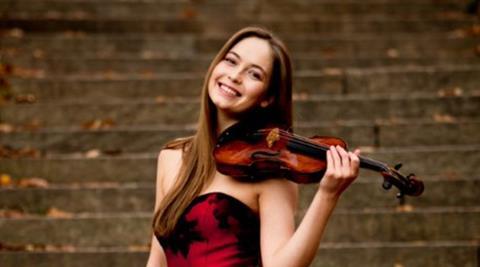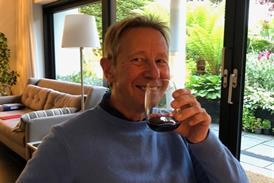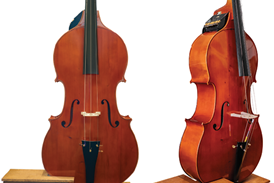Bruce Hodges reports on the performance of Fazil Say, Beethoven, Lilburn and Bartók at the American Philosophical Society, Philadelphia, PA, on 4 May 2023

Near the beginning of Fazil Say’s Violin Sonata (1997), Geneva Lewis adroitly navigated some double-stopped trills – almost birdlike in their high wailing. Among many fascinating sequences is the inclusion of a Turkish folk song, ‘Odam Kireçtir’, as well as dance music from the region. Pianist Evren Ozel also had some striking moments, such as in the fourth movement, ‘Anonym: Andante’, with his fingers damping the piano strings to create a softly percussive result, which Lewis overlaid with a drone motif. The finale has a mournful, dreamlike intensity.
After Say’s reverie, Beethoven’s Tenth Violin Sonata made an agreeable companion before the interval, with the first movement imbued with Schubertian songfulness. The plaintive second movement showed off the tonal lustre of Lewis’s instrument, created c.1770 by Zosimo Bergonzi of Cremona, before both violin and piano intertwined in happy synchronisation for the scherzo. With springy energy in the flowing finale, the artists’ vigour in the faster sections reminded us of the composer’s astonishing penchant for surprise.
Read: My experience: Geneva Lewis, Ravinia Steans Music Institute
Concert review: Geneva Lewis (violin) Zhanbo Zheng (viola) Julia Yang (cello) Jonathan Biss (piano)
Read: BBC Radio 3 announces New Generation Artists, including violinist, cellist and quartet
Rarely heard, at least in the US, Douglas Lilburn’s twelve-minute Sonata for violin and piano was composed in 1950 for violinist Ruth Pearl and pianist Frederick Page. In its soaring, rhapsodic lines, Lewis and Ozel combined warmth and empathy.
But perhaps the best came last: a blistering reading of Bartók’s First Violin Sonata. Despite the relative calm of the intense, probing central slow movement, the percussive fury of the surrounding ones showed both artists at their explosive peak.
BRUCE HODGES









































No comments yet